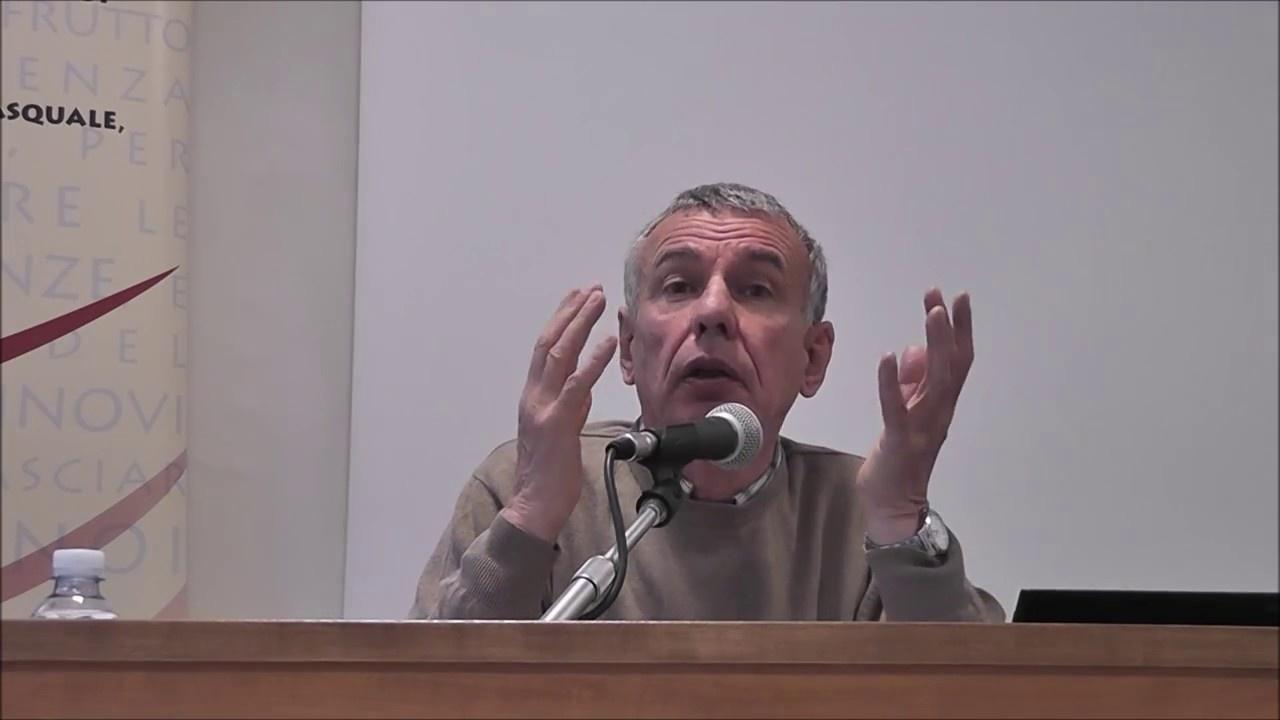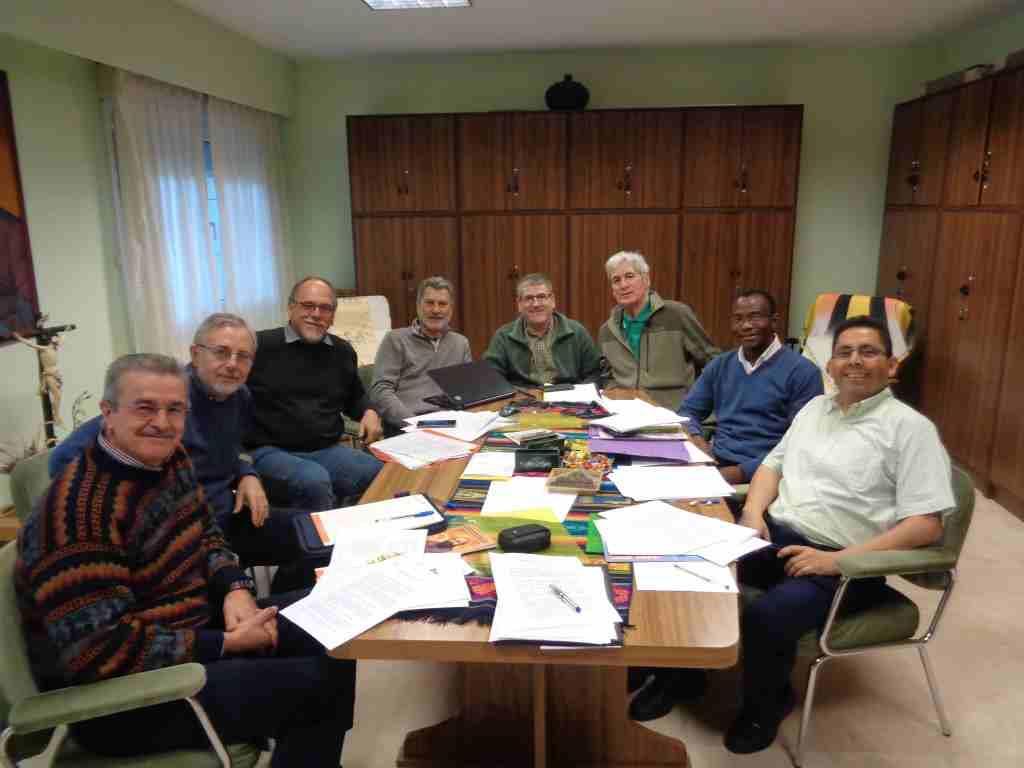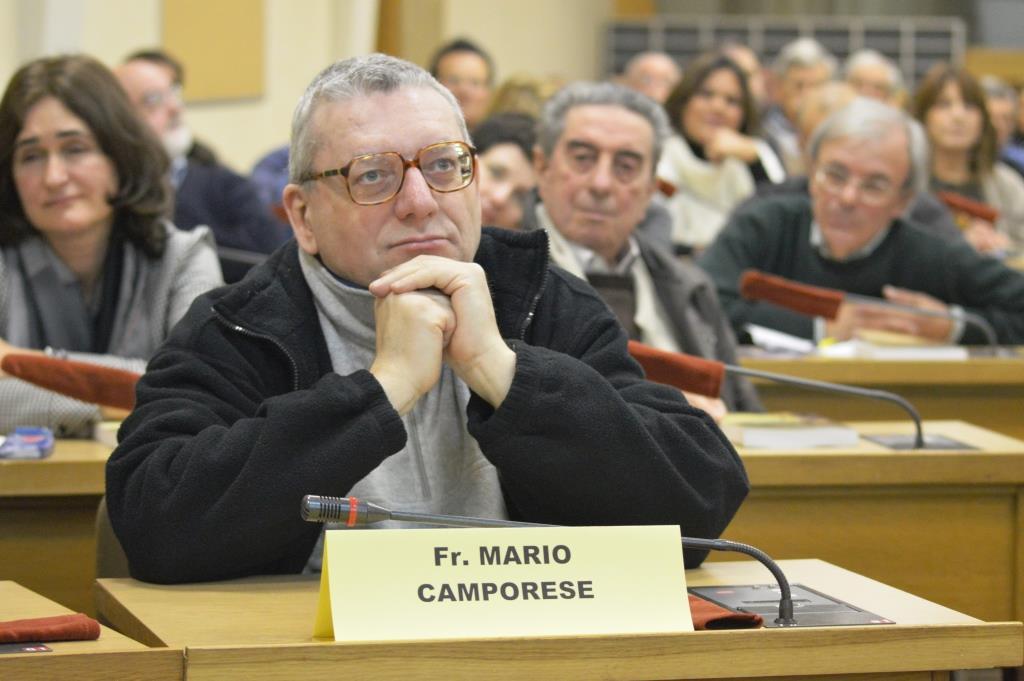Daniel Comboni
Comboni Missionaries
Institutional area
Other links
Newsletter
Friday, March 4, 2022
To speak of the central Amazon of Peru and chapter 7 of the Fratelli Tutti, is to speak of several latent conflicts in Peru and in this part of the country that is part of the Amazon. We remember the time of terrorism in the 80s and 90s, they were bloody years that left many wounds.
There was an attempt in the country to pacify and to shed light on the truth of this part of our history with the truth and reconciliation commission (TRC) which in its last report highlighted that there were 74,000 victims of the conflict between the Shining Path and the Armed Forces and not 30,000 as had been thought; of which 52% were responsible to the Shining Path and 48% to the Armed Forces (Hatun Willakuy, Abbreviated version of the Final Report of the Truth and Reconstruction Commission – Peru, Gráfica Navarrete S.A., p. 126).) At the political level this was not accepted and the Armed Forces felt unjustly accused since, according to them, they had made possible the pacification of the country. While it is true, there were government initiatives to make reparations to the victims of terrorism, this has not been enough. Two tendencies that polarize us are felt in peru’s political environment. Those who think that force was needed to pacify the country and those who think that the Armed Forces committed atrocities and that there are still some cases to repair. This invites us to think that the process of pacification and reconciliation is not yet over. The way we read this part of our history and the way we project ourselves into the future have not been reconciled. This causes a latent conflict that can erupt again.
According to the final report of the TRC, in the area of the Vraem (whose acronym means, Vertientes de los ríos Apurímac, Ene and Mantaro) more than 5,000 Asháninkas were killed and around 30 communities disappeared at the time of terrorism. The government tries to repair the victims and recognize them as such with successes and failures.
Currently in Peru there is no major war conflict, except for the presence of a minority group of the Shining Path that surrounds the Vraem area. This group remaining from terrorism works hand in hand with drug trafficking. From time to time there are clashes with the army but not with the population, except for some incidents such as the massacre in San Miguel del Ene in the Vraem where 17 people died (https://youtu.be/Cb-KVMTqEl4). Generally the clashes do not touch the population, because both the remnants and the army know that if they touch the population, they will react by defending themselves and will lose. It is known that, if we defeated terrorism, we say here, it was not because of the army, but because of the same population that defended itself.
What we need today as a country, and also in the Amazon that was affected in the era of terrorism, are spaces where penitential memory can be expressed. Few reach this level and we must help it. Many make a memoir where they emphasize that force was necessary to end terrorism, or that force is necessary to end those who have always dominated the country. A memory is necessary where mistakes are recognized and all Peruvians are valued without distinction. In Peru we already have a Place of Memory, so as not to lose the information of the TRC and promote respect for human rights, but everything remains in Lima. We need the dissemination of all this information and awareness of the population, especially in the places where all this violence occurred decades ago.
Fr. Pedro Percy Carbonero mccj
[combonimission.net]




